Norwich City arguably dominated the EFL Championship last season by finishing the league with 94 points and scored 93 goals. Had they won four of their last six games — where they’re only able to get four points from Reading, Wigan, Sheffield Wednesday and Stoke City— they would likely hit the famous 100-point mark. The main reason was their possession-based and pressing tactics deployed by their manager Daniel Farke.
Furthermore, two Norwich players topped the individual awards; Teemu Pukki as the top scorer with 29 goals, and Emiliano Buendía topped the assists chart with eight assists under his belt. However, they fully understand that they have to improve in pursuance of staying in the Premier League. To do that, they have successfully signed the young English right-winger Patrick Roberts from Manchester City in a season-long loan deal earlier this month. This tactical analysis will inform you how Roberts could fit in Norwich’s tactics.
Not a one-trick pony
Previously in Glasgow Celtic, Roberts was the main right-winger choice for Brendan Rodgers in his preferred 4–2–3–1 shape. Playing in Celtic’s possession-based and high-pressing game, Roberts spent two fruitful seasons in Scotland as he finished his two-year spell with 15 goals and 19 assists.
Last year, Manchester City again sent Roberts to Girona on loan. In Girona, manager Eusebio Sacristán had a different tactical approach compared to Rodgers. Knowing that his side is nowhere near the top sides, Sacristán rarely asked his team to go out and press their opponents.
Formation-wise, Sacristán also used more variations than Rodgers; where Sacristán would likely to vary from using 3–4–2–1, 3–5–2, to 4–1–4–1, and 4–2–3–1 depending to the opponents they were facing. In those shapes, Patrick Roberts would also rotate; from his preferred position as a right-winger to attacking midfielder, to inside forward, or even a left-winger. Such rotations was an important part of Roberts’ development as a young player.
Deadly dribbler
Early in this scout report, we have to say that Roberts really likes to play from the flank. Either as a right-winger in Celtic or even when he started as an attacking midfielder or as an inside forward in Girona, he would drift wide to collect the ball. From there Roberts would try to engage in a one-versus-one duel against the opponents’ side-back and then cuts inside into the penalty box to create a chance.
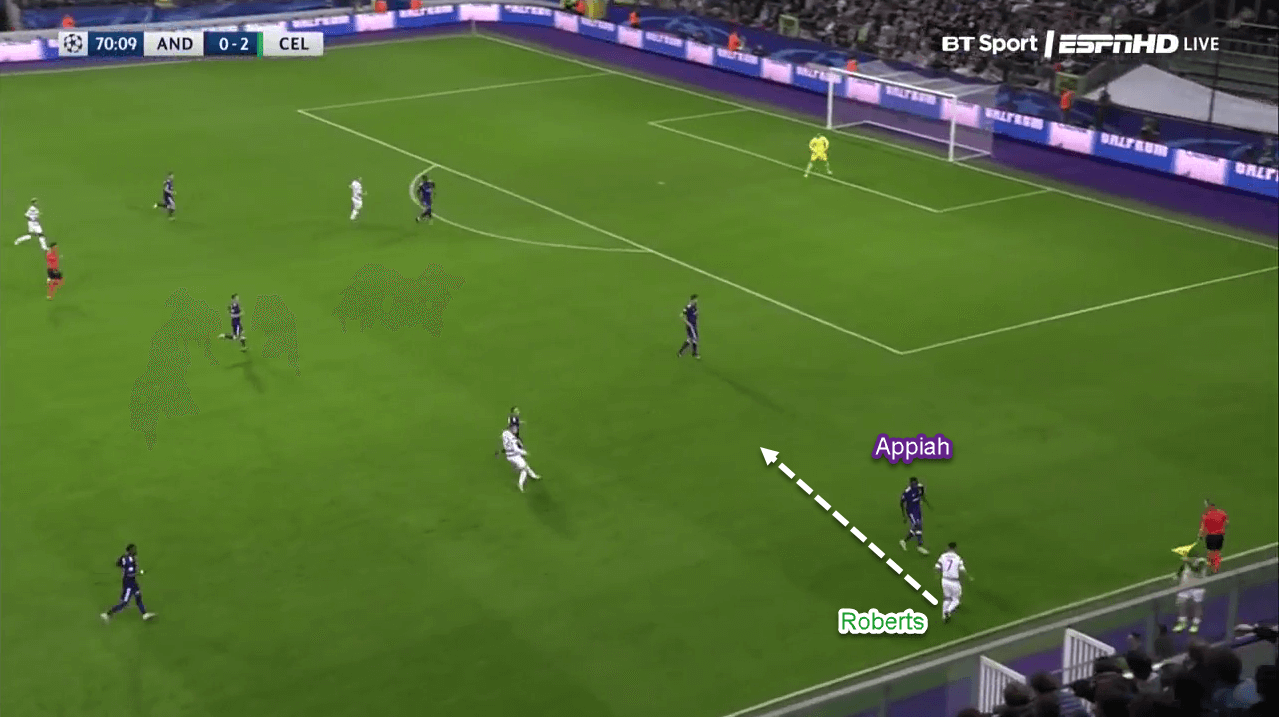
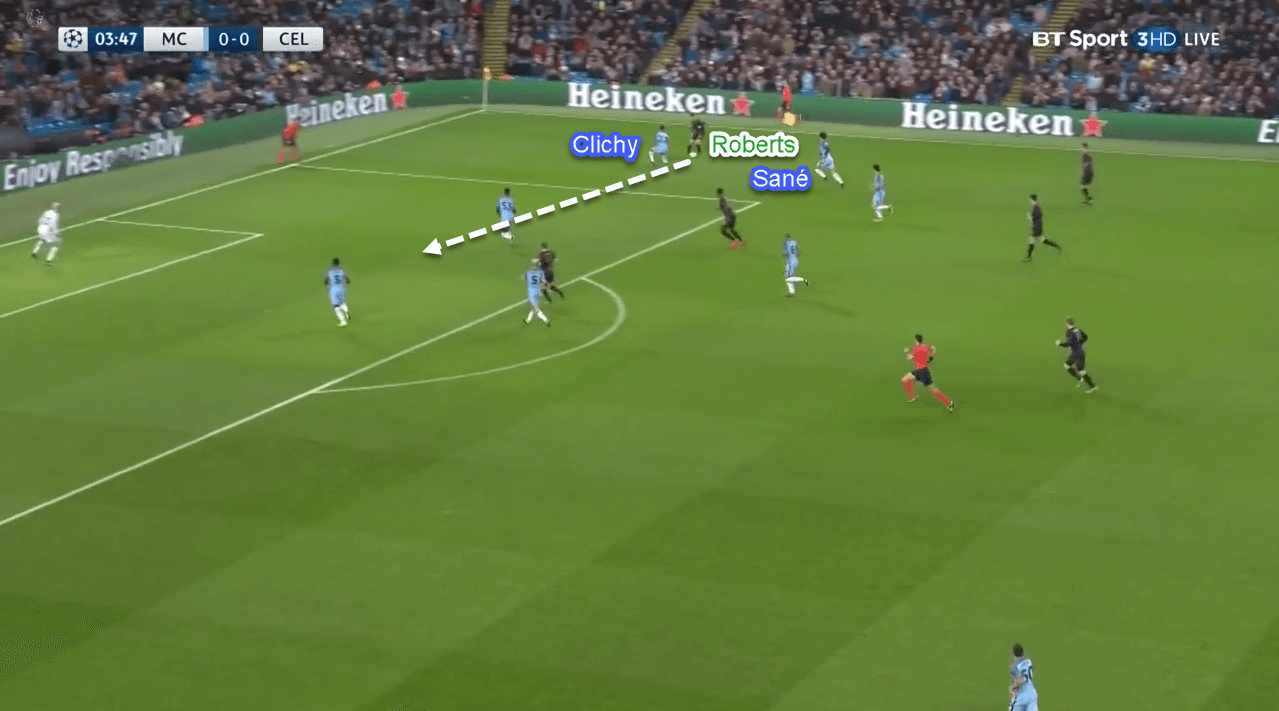
Roberts is a tenacious dribbler, as shown by his dribbling statistics. Last season, he managed to make 7.4 dribbles per 90 minutes which on average four of them were successful. It’s a remarkable number as Roberts only got less than 600 minutes of game time under his belt in Girona.
With his dribbles, Roberts can attract numerous players from the oppositions. He does that quite often, even when he was playing against top teams with great defensive quality such as Atletico Madrid. By pulling the opponents’ players with him and eventually beat them in one-versus-many duels, he would open spaces in the final third; either for him to shoot or to create chances for his teammates.
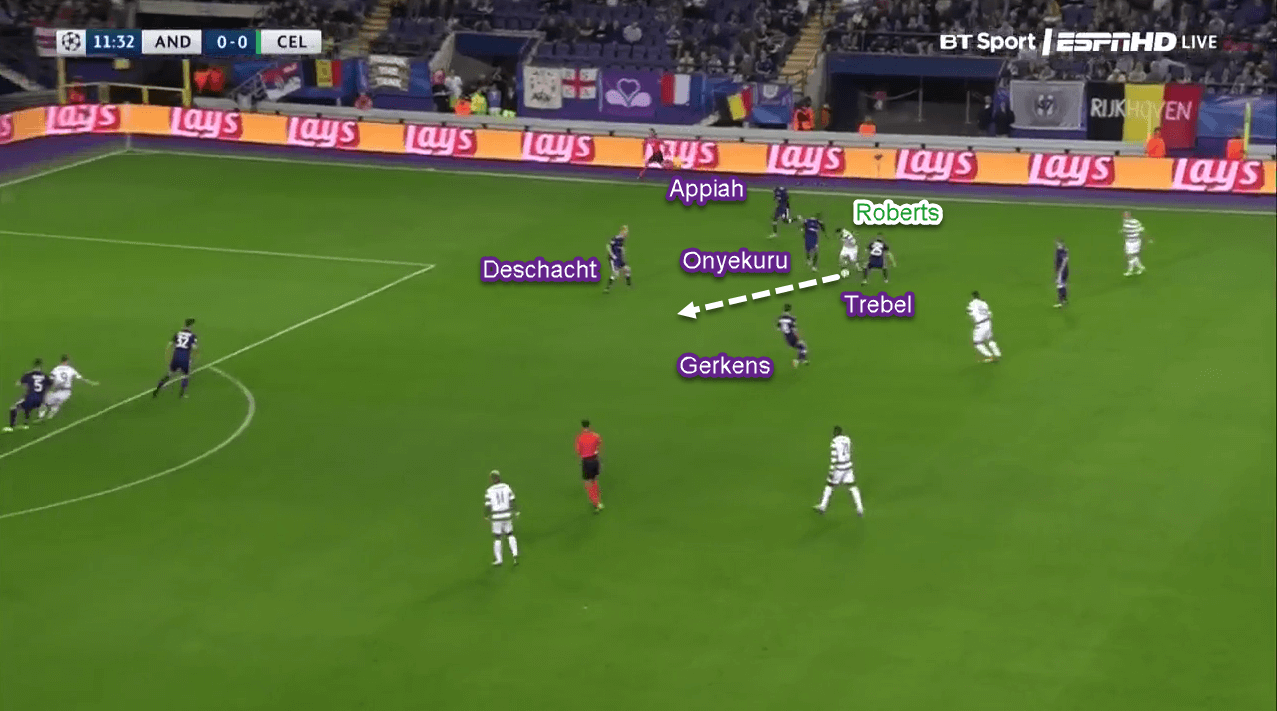
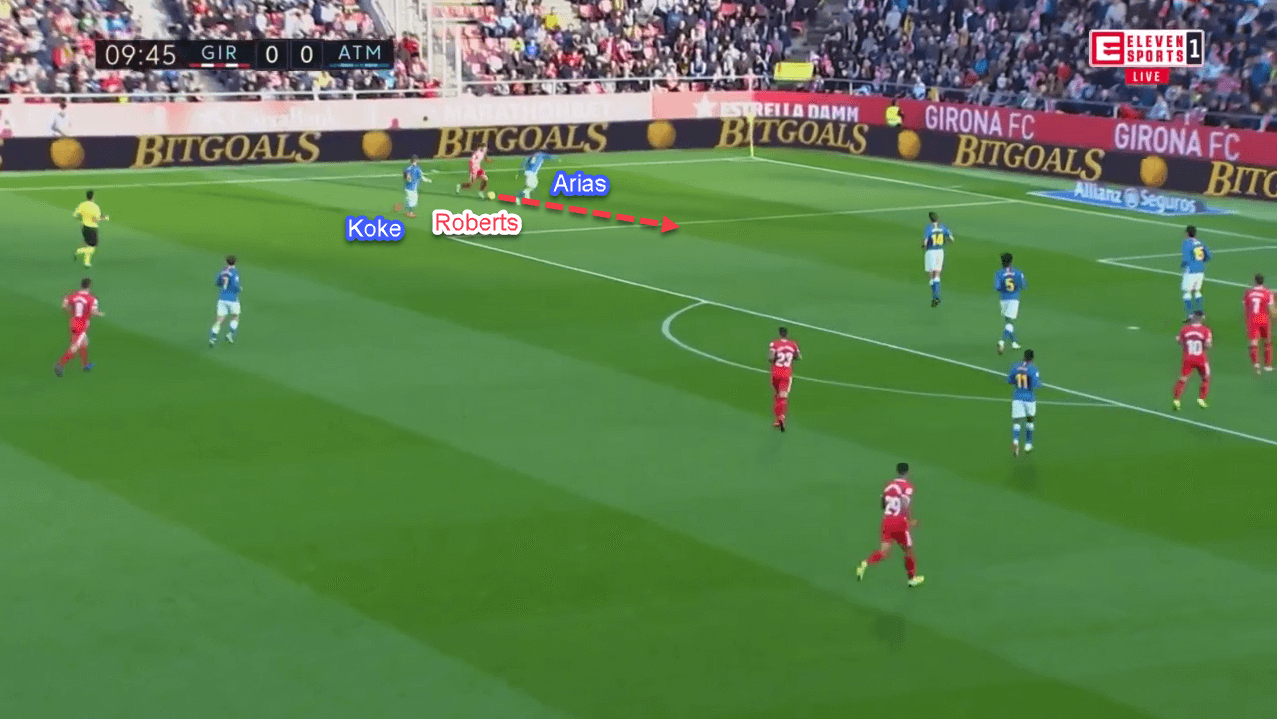
Possesses good football IQ, offensively …
The young Englishman knows his strength and his limitations very well. Roberts is not blessed with blistering pace off the ball, but he has a superb quality on it. Alongside that, Roberts is very agile in tight spaces and possesses good acceleration, making him a nightmare to face in one-versus-one duels.
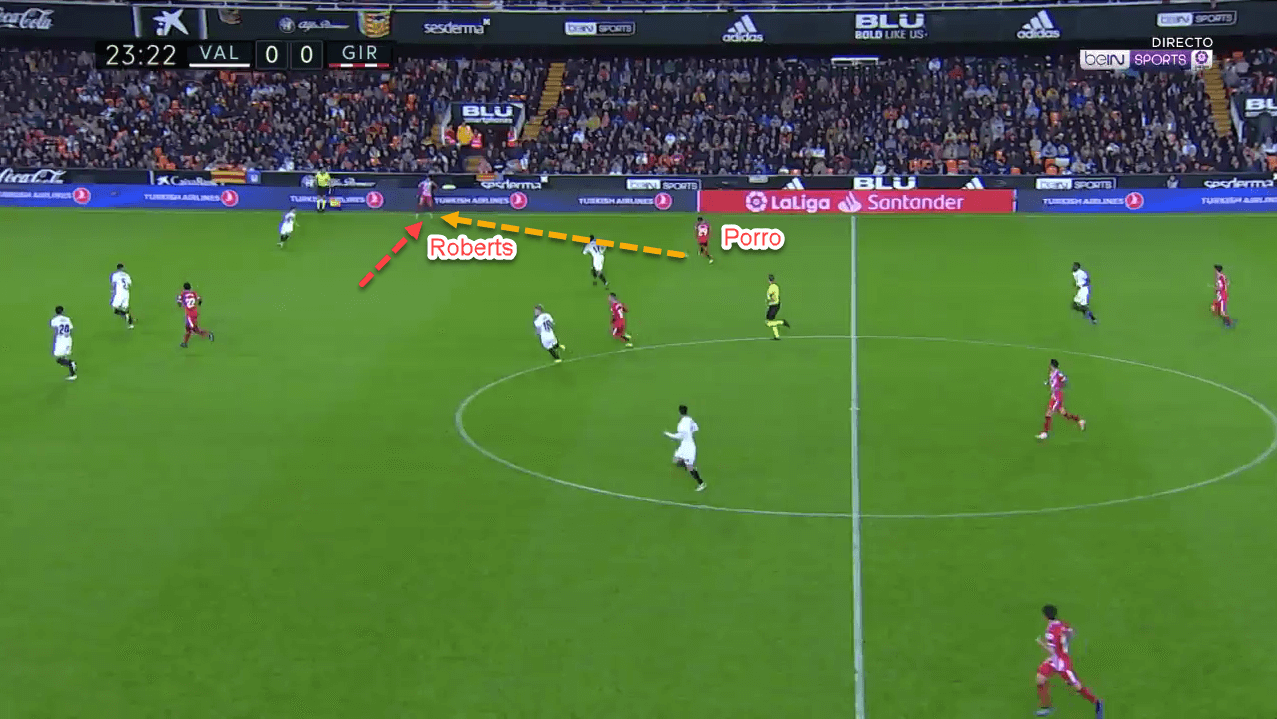
Knowing that he doesn’t have sprinter-like speed in his locker, Roberts would compensate by asking for the ball to be played into his feet, rather than to be played in behind. By doing so, he gets an early advantage against the defenders as he positions himself in his preferred situations.
The right-winger also knows how to open space for his teammates. By drifting wide, he would open space in the half-space for the attacking midfielder or even for the underlapping right-back to roam into the vacated area. Furthermore, often he would suggest his teammate make the next play; showing his great offensive awareness.
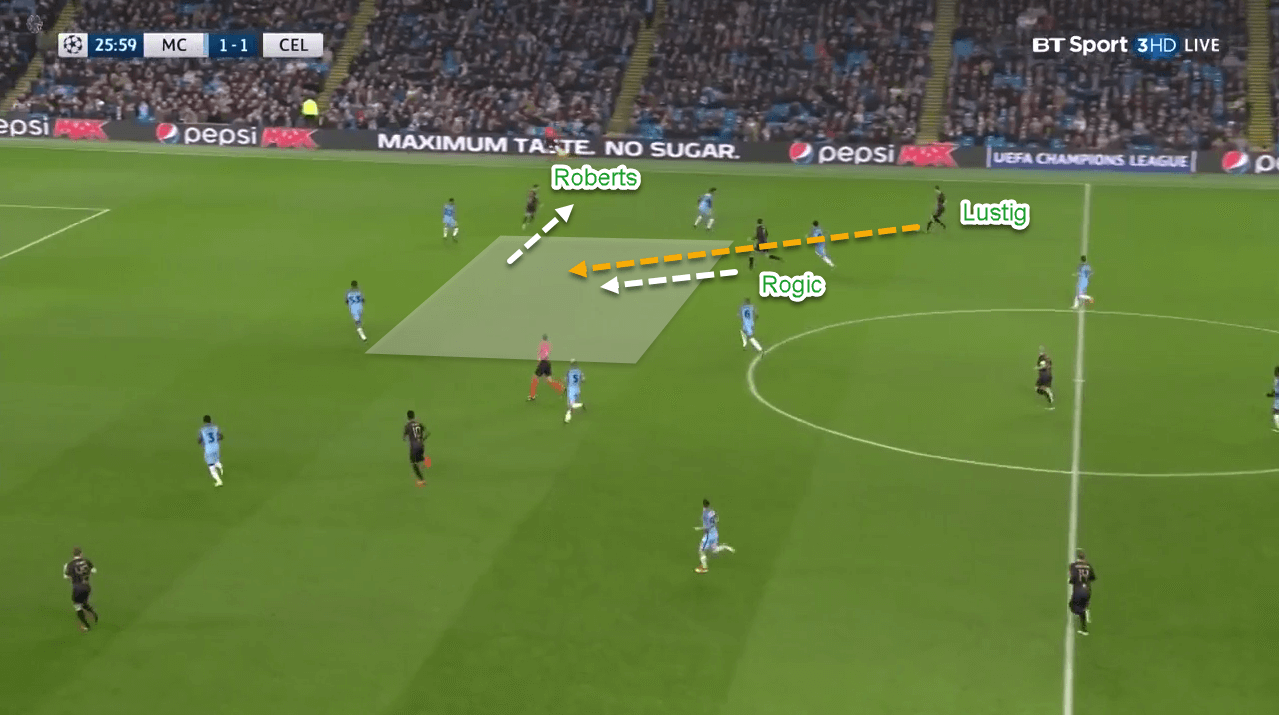
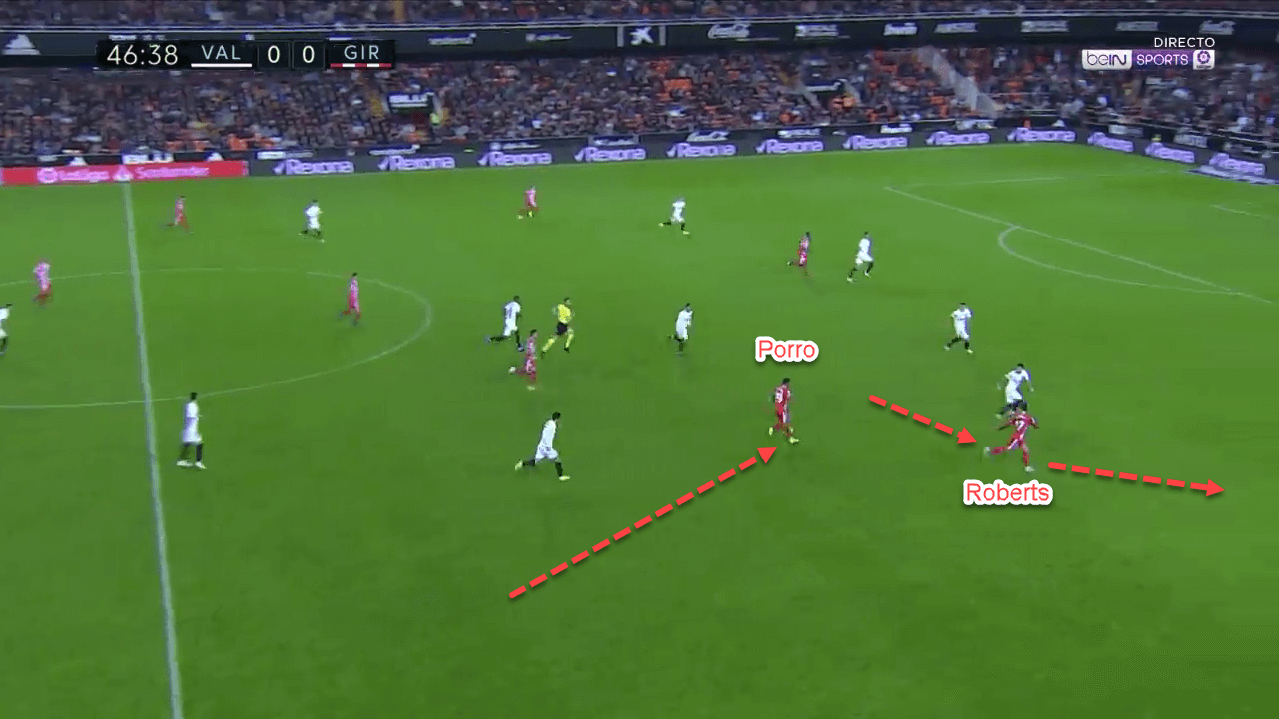
Despite his preference to hug the touchline, Roberts would sometimes move inside in certain situations; especially when he’s playing as an attacking midfielder. He’d smartly put himself in between the lines before asking the ball to be played into his feet. In that area, Roberts then would be able to combine with his fellow attackers, beat his marker, or send a through ball into the box.
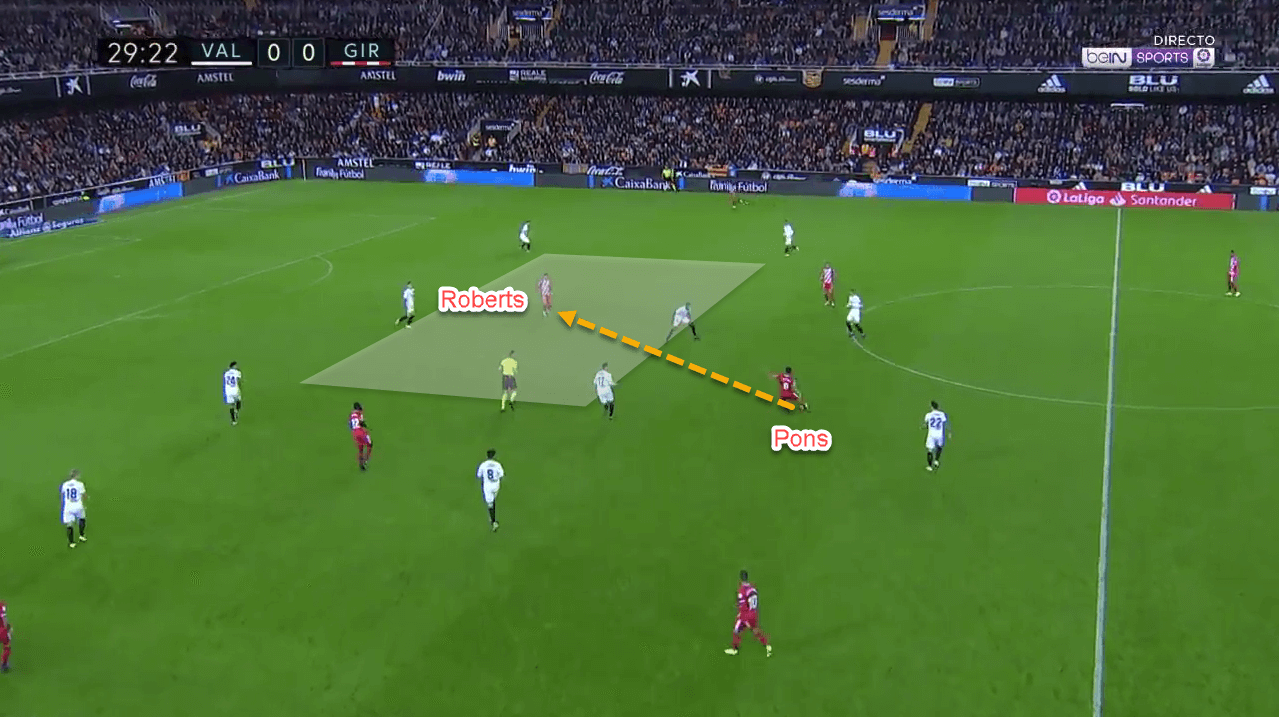
… and defensively
Not only in attacking situations, but Roberts also possess a good awareness defensively. He knows how to read the game and prevent the opponents’ to play swiftly in their part of the pitch.
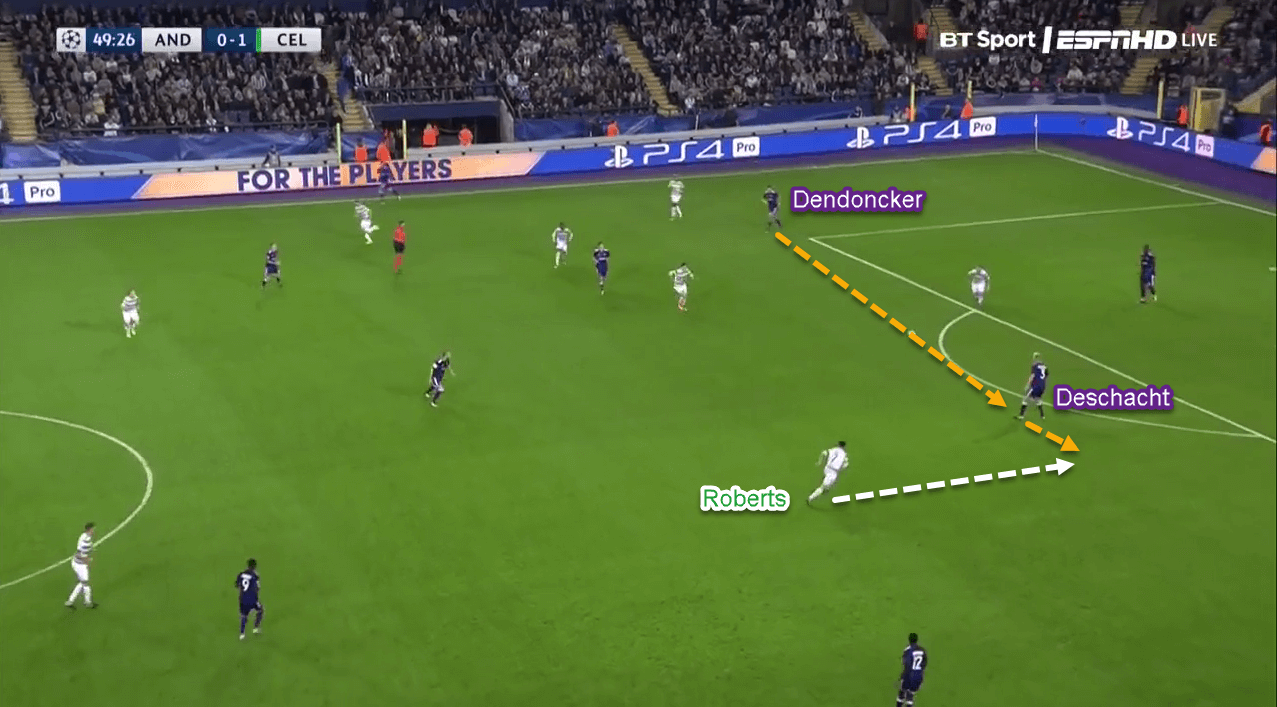
When his team come up to press their opponents, as an attacker he has a different task from the midfielders. The midfielders are usually tasked to press the oppositions’ midfielder and force him to receive uncomfortably, while the attackers are tasked to intercept any loose balls had the opponent’s pass failed to reach his teammate.
The English youngster is very smart in doing this task, credit to his brilliant defensive IQ. After intercepting the ball, he would be able to create chances in transitions, either by sending a pinpoint through pass or by defeating the defender in a one-versus-one duel.
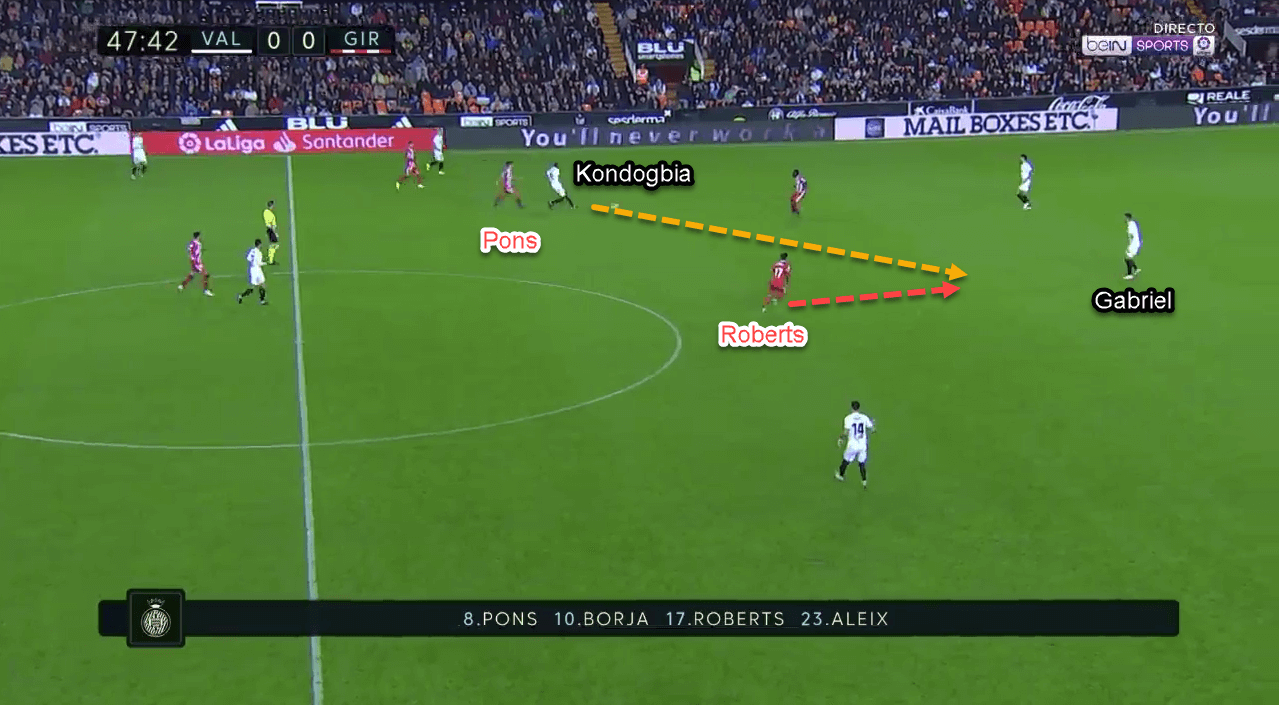
Statistically speaking, Roberts managed to make 0.5 interceptions and 1.1 successful tackles per 90 minutes last season. Worth to mention that he played most of his games in Spain as a substitute; quite a respectable number for such a role.
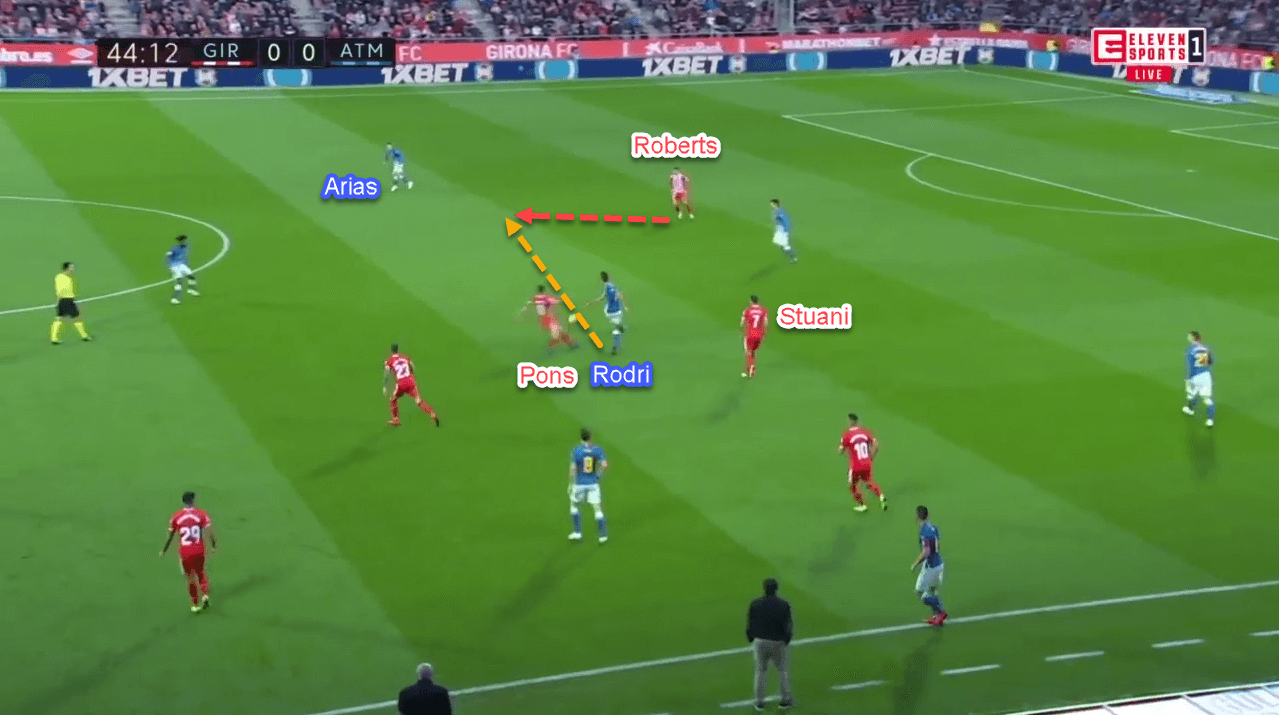
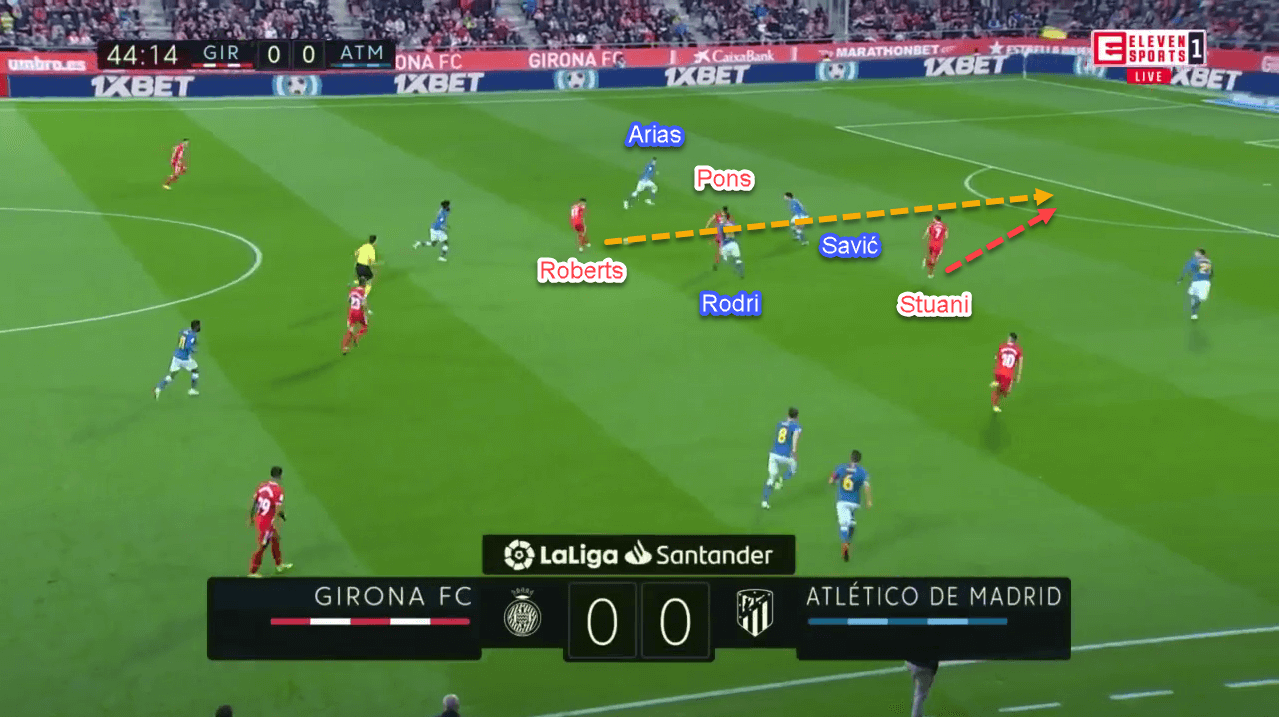
Let’s talk about Norwich
As mentioned in this analysis before, The Canaries were known with their attacking prowess in the Championship last season; credits to Farke’s smart tactics. He used a possession-based game and was very smart in setting up his team’s high pressing.
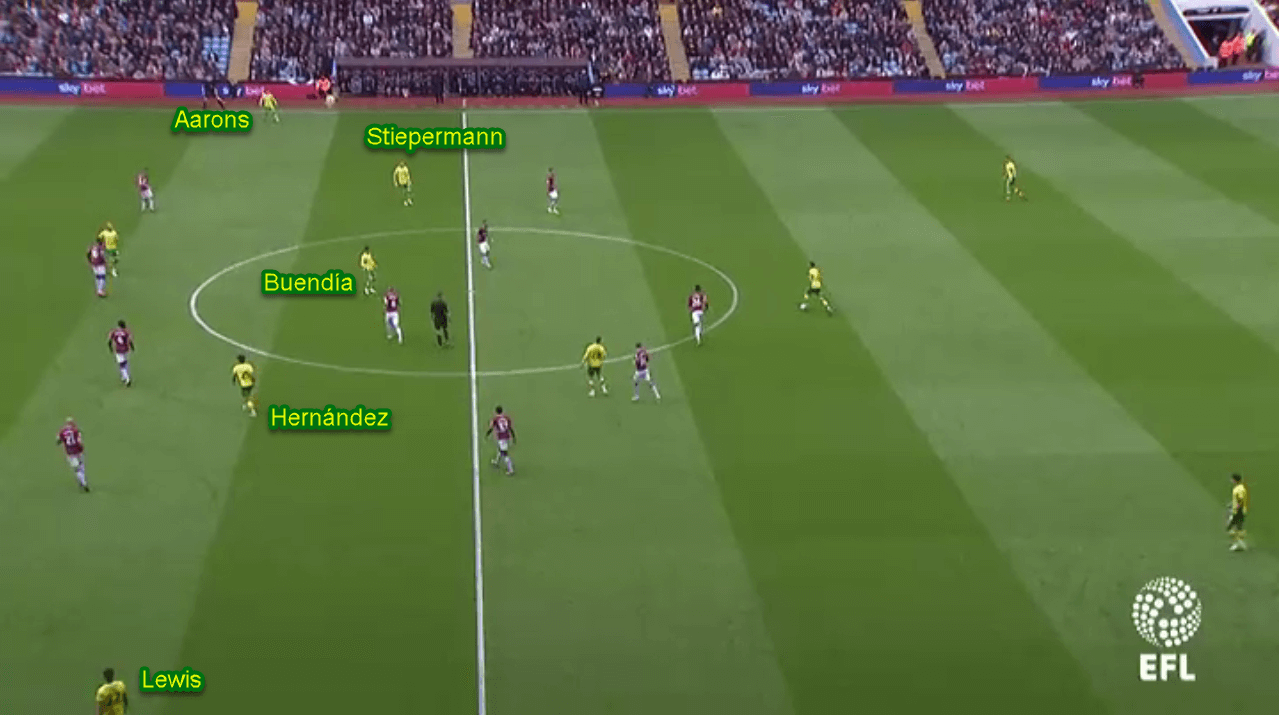
The German manager usually sets his team in a 4–2–3–1 system with narrow wingers and wide full-backs. By putting his offensive players inside, he’s able to extract Buendía’s agility in tight spaces and also Marco Stiepermann’s great football brain. On top of that, his team also have energetic full-backs in Aarons and Lewis, who are very comfortable in making overlaps and crosses in both flanks.
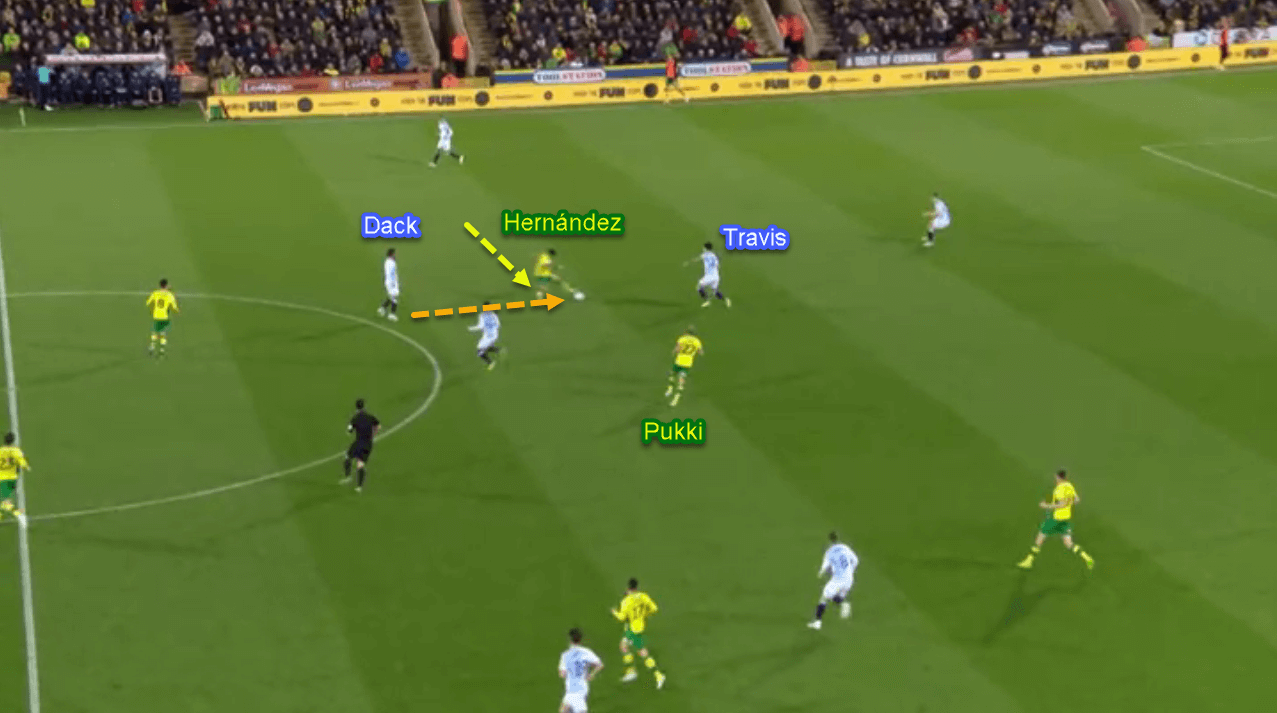
Defensively, Farke tends to opt for 4–4–2 with Stiepermann and Pukki upfront. By pressing their opponents high, Norwich’ attackers would try to force the opponents’ defenders to make mistakes so they could start their counter-attacks earlier and more dangerously. Not only that, but Norwich are also comfortable when they had to sit deeper due to their defensive discipline.
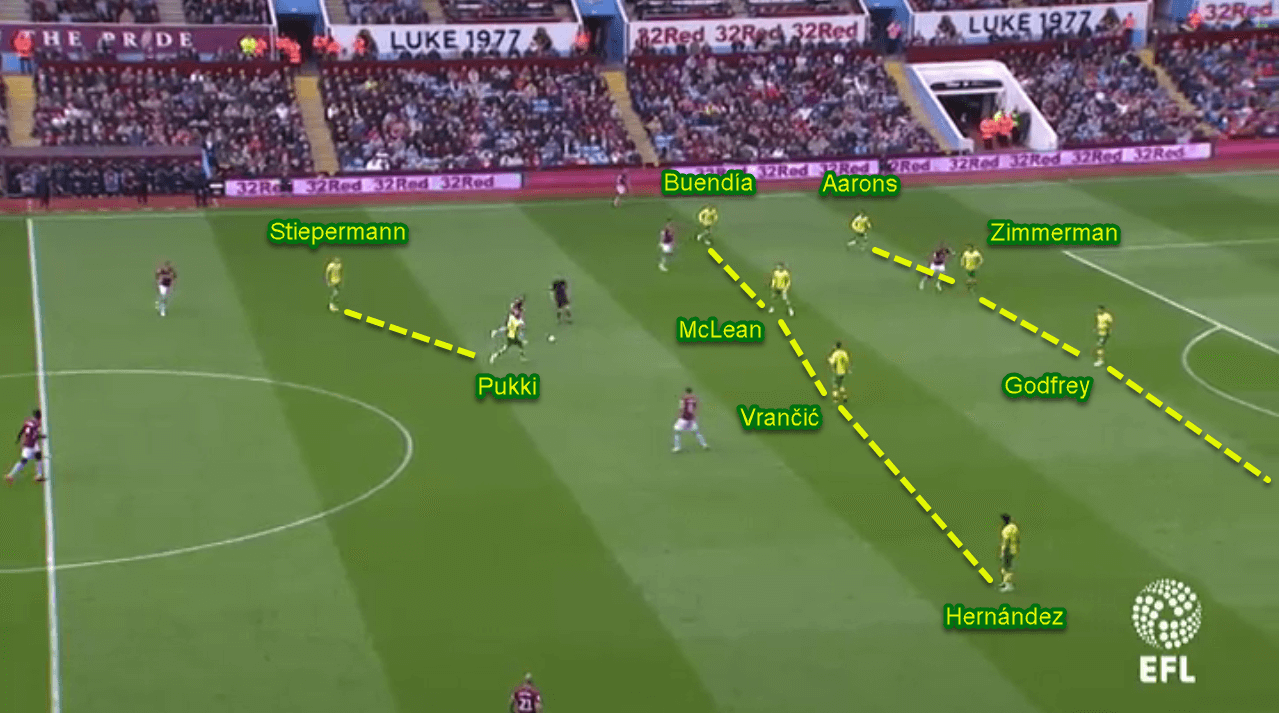
Norwich’s front four
Norwich’s main front four have different traits and skillsets. The main striker Pukki is very clever in his movements; either to make a goalscoring chance for himself or to open space for his teammates. Behind Pukki, there’s Stiepermann. The 28-year-old German midfielder possesses a great football IQ, which shown by his capability to find space inside the opponents’ block, therefore making him a good partner for Pukki.
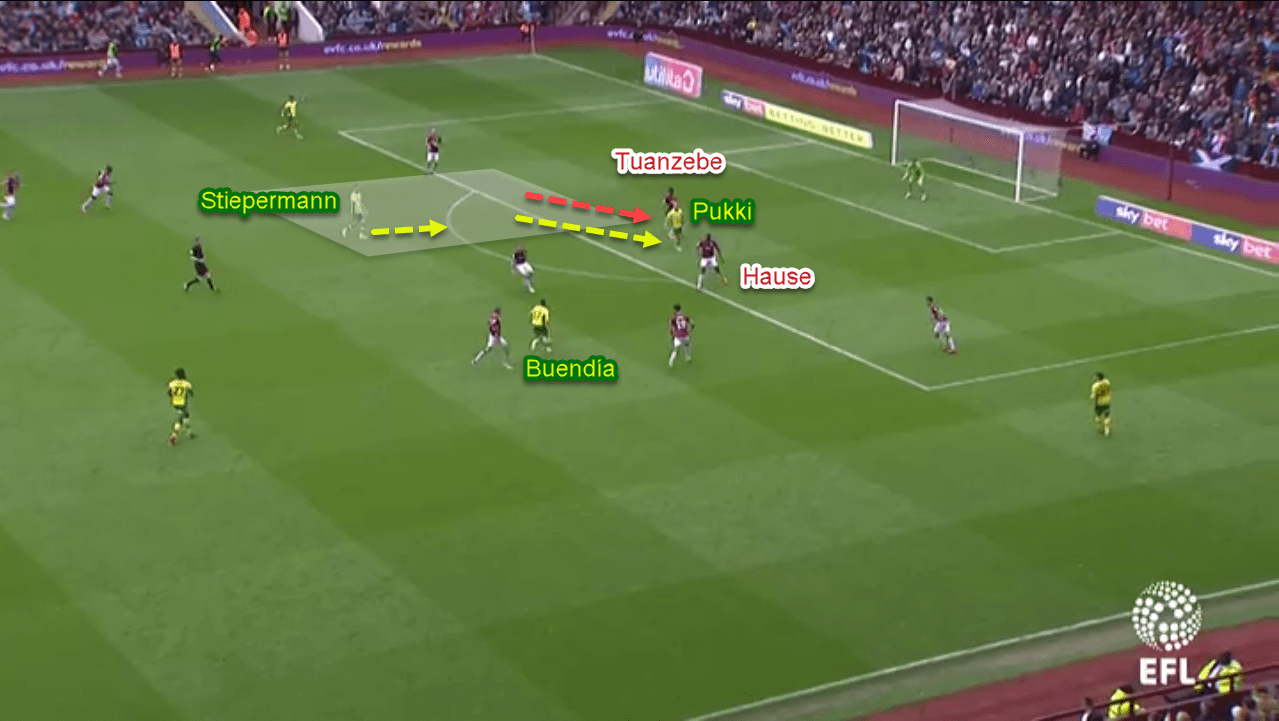
In the flanks, there are Hernández and Buendía. The two differs in terms of playing style, where the former is known with his electric pace while the latter has a very good vision and passing quality. However, both of them have very good dribbling ability and also quite brilliant in tight spaces.
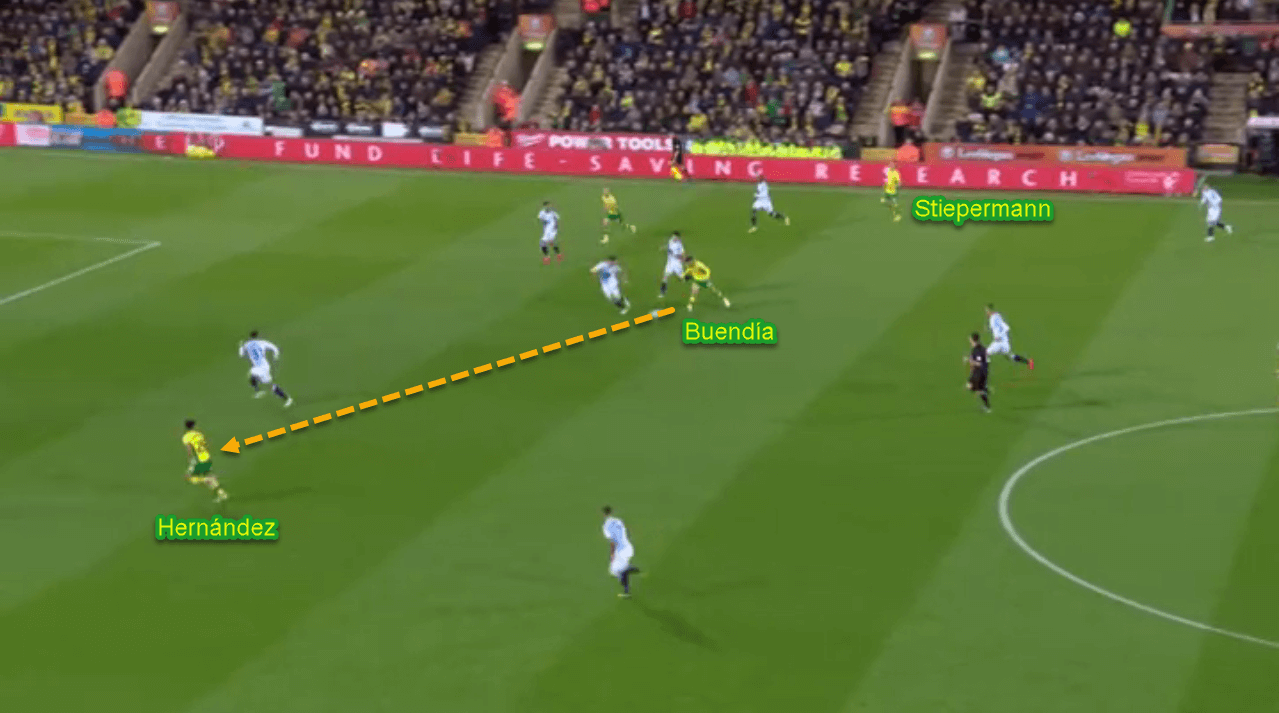
From the three attacking partners of Pukki, Buendía is the most special player. The Argentinian seems to continue his role as Norwich’s main dead-ball specialist, thanks to his superb passing skillset. Buendía also has a good nose on goal, as shown by his tendency to come into the box and offering himself as one of Norwich’s crossing target alongside Pukki. Not only that, he’s a very diligent player as he likes to move across the pitch to help his team in attacking scenarios.
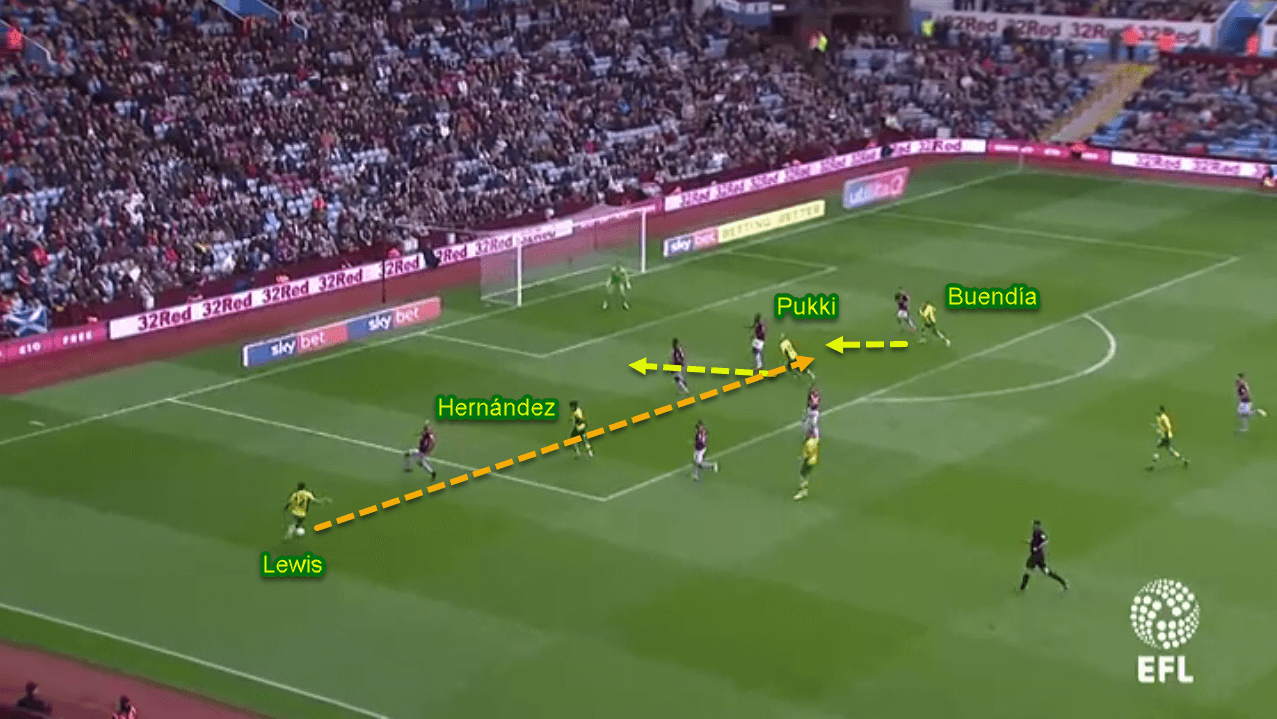
How could he fit in Norwich?
Roberts offers a new dimension for Norwich’ offensive department with his astute dribbling ability. Such skill is much needed for any team to help them break their opponents’ defensive block. The youngster’s tendency to drift wide could add more unpredictability to Norwich’s central-focused wingers, which can be used to attack opponents’ vulnerable full-backs.
The 22-year-old’s high football IQ is also a great addition for The Canaries. Offensively, he could open more spaces for his teammates, especially the ones with great movements like Pukki or Hernández. Defensively, his game-reading ability gives Norwich more advantage in their pressing game whenever they need to use that. That defensive awareness allows him to intercept the ball in a dangerous area, to help his team making transitional attacks quicker.
Not only that, Roberts’ versatility is much needed for Norwich. He can play as a right-winger, an attacking midfielder, or a left-winger in Farke’s preferred 4–2–3–1 shape. He’s also able to play as a supporting striker in a more defensive 4–4–2 whenever required; especially against the top six.
Potential issues
The former Celtic player is known for his magical left foot. However, his right foot is not as good as his left. Roberts tends to be very one-footed at times; therefore making his movements more predictable. One way to exploit this is by completely closing the access where Roberts can use his left foot, and give him so much space on the opposite side. By doing so, the opponents could trap Roberts and force him to use his less effective weaker foot.
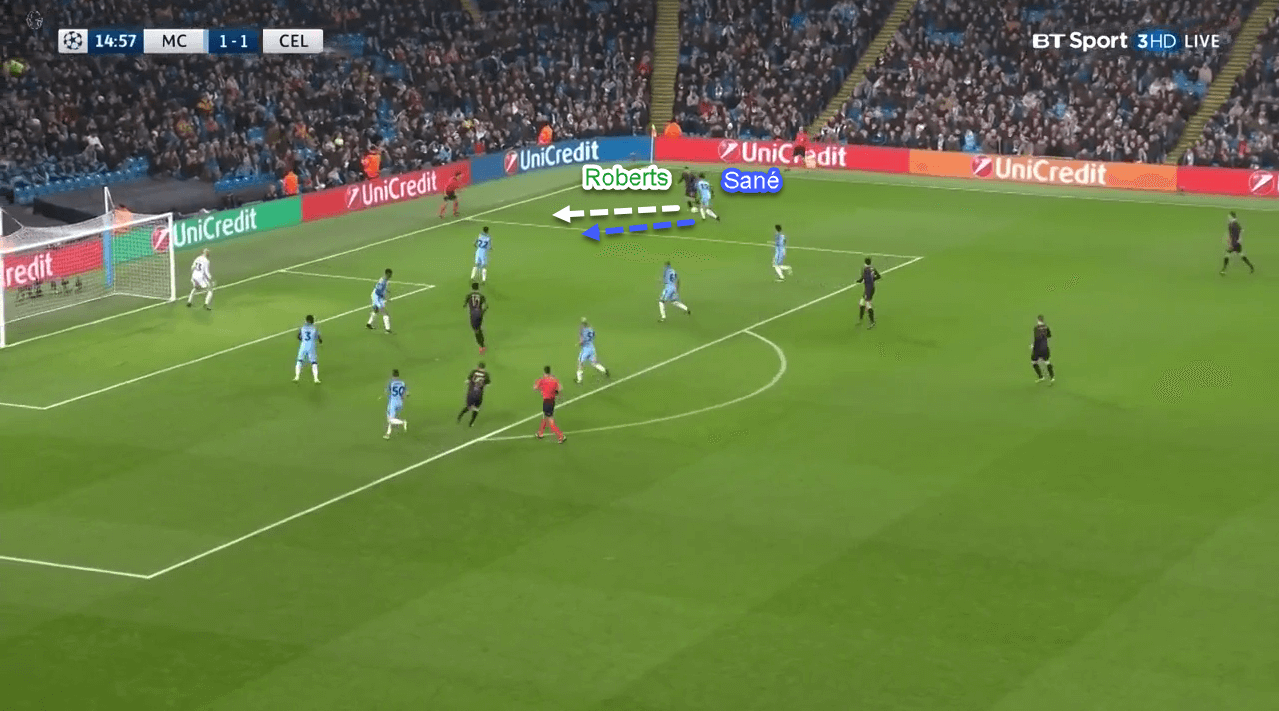
Another facet that Roberts lacks is his pace. Indeed he has a good acceleration that allows him to get away from the defenders quickly, but he lacks raw speed which makes him a lot more defendable in behind. For smaller clubs — particularly the ones who just got promoted — the pace is a very important asset for their attackers. This is because such sides tend to sit deep and rely a lot on rapid counter-attacks to create their chances.
Conclusion
Roberts is a good signing that can add more dimensions to Norwich’s tactics this season, mainly with his dribbles. His experience in Scotland and Spain, not to mention his versatility and sharp football IQ, should help him a lot to make him a regular starter for the men in yellow. However, he needs to add more to his game to help The Canaries soaring high in the Premier League.
Let’s wait and see.

If you love tactical analysis, then you’ll love the digital magazines from totalfootballanalysis.com – a guaranteed 100+ pages of pure tactical analysis covering topics from the Premier League, Serie A, La Liga, Bundesliga and many, many more. Buy your copy of the July issue for just ₤4.99 here, or even better sign up for a ₤50 annual membership (12 monthly issues plus the annual review) right here.

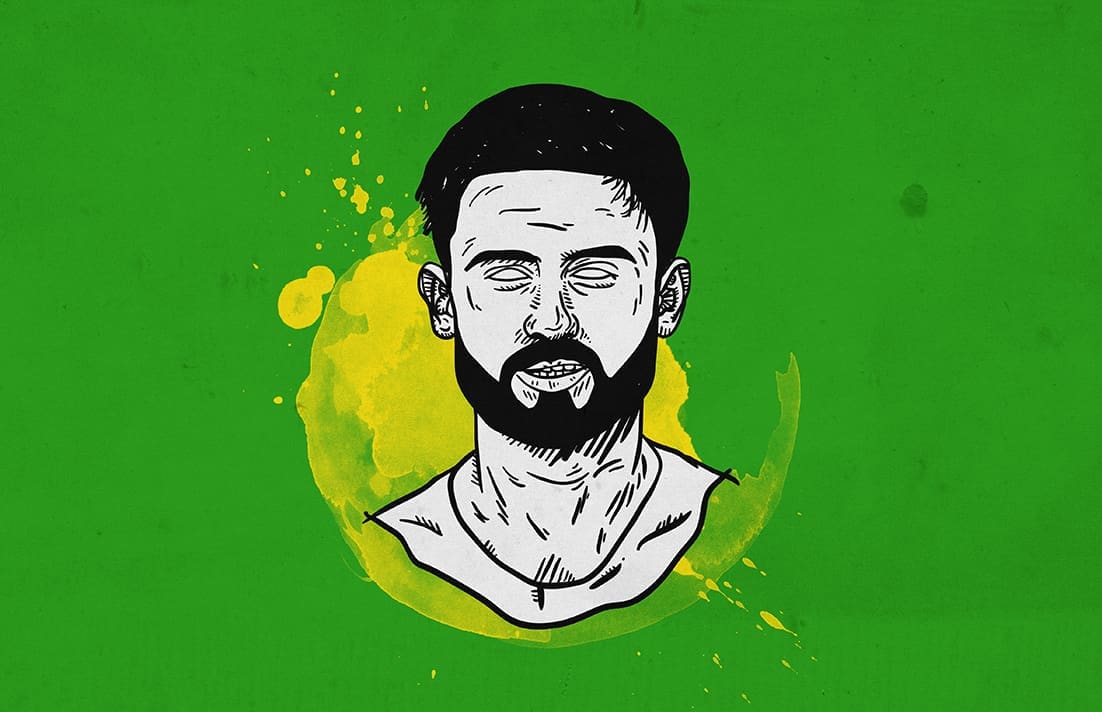



Comments